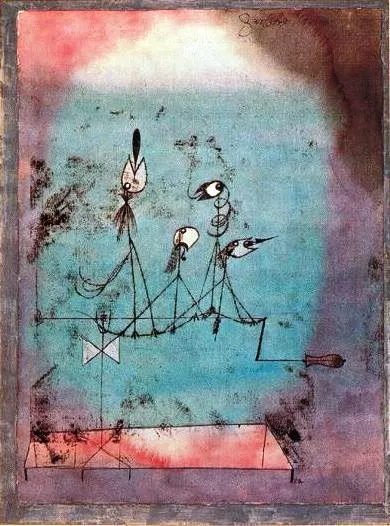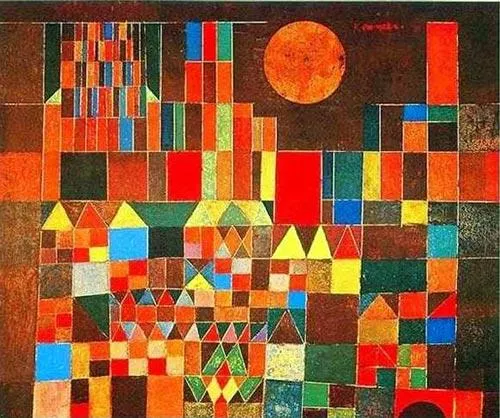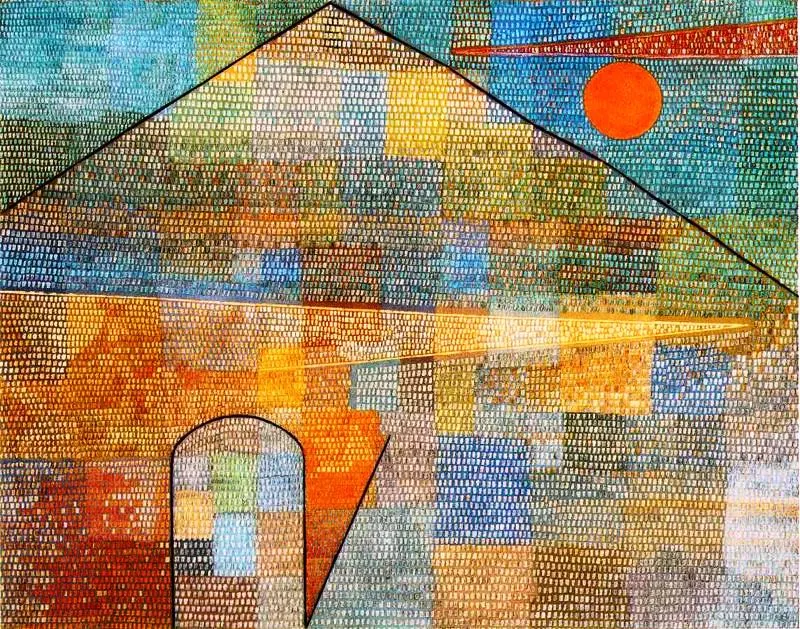Paul Klee Biography
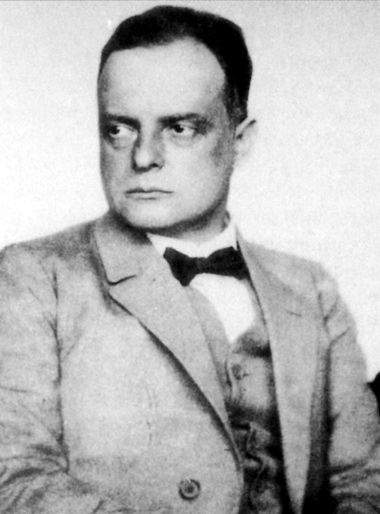
Paul Klee, a pioneering figure in the world of modern art, left an indelible mark on the artistic landscape of the 20th century. His innovative approach to painting and his ability to transcend boundaries between various artistic movements have earned him a place among the most influential artists of his time.
Born on December 18, 1879, in Münchenbuchsee, Switzerland, Klee grew up in a family that valued artistic expression. His father, a German music teacher, and his mother, a Swiss singer, nurtured his creative talents from an early age. Klee's initial artistic training began at the Academy of Fine Arts in Munich, where he studied drawing, painting, and printmaking.
After completing his studies, Klee embarked on a career as an art teacher, first at the Grand-Ducal Saxon School of Arts and Crafts in Weimar, and later at the Bauhaus school in Dessau. It was during his time at the Bauhaus that Klee's unique style truly flourished, as he experimented with various techniques and materials, pushing the boundaries of traditional art.
Most Famous Paintings
Klee's artistic oeuvre is vast and diverse, encompassing a wide range of styles and themes. Some of his most famous paintings include:Twittering Machine (1922)
This iconic work The Twittering Machine exemplifies Klee's whimsical and imaginative approach, depicting a fanciful machine-like structure with intricate lines and vibrant colors.
Senecio
A prime example of Klee's mastery of color and form, this painting features a vibrant, abstract composition inspired by the natural world. Senecio by Paul Klee
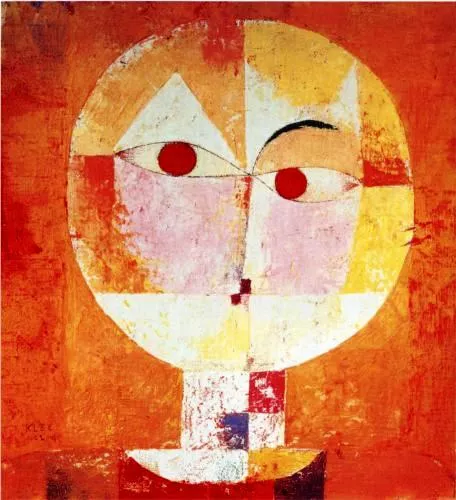
Castle and Sun (1928)
This dreamlike painting Castle and Sun showcases Klee's ability to blend representational and abstract elements, creating a surreal and captivating scene.
Ad Parnassum (1932)
A masterpiece of Klee's later years - Ad Parnassum, this work features a complex and intricate composition of geometric shapes and symbols, reflecting his interest in the mystical and the symbolic.
Throughout his career, Klee's art was celebrated for its originality, poetic sensibility, and profound exploration of the human experience. His works were not merely visual representations but rather expressions of his inner world, reflecting his deep connection with nature, music, and the metaphysical. Klee's influence extended far beyond his own lifetime, inspiring generations of artists and shaping the course of modern art. His legacy continues to resonate today, as his works are celebrated in major museums and galleries around the world, serving as a testament to the enduring power of creativity and imagination.
